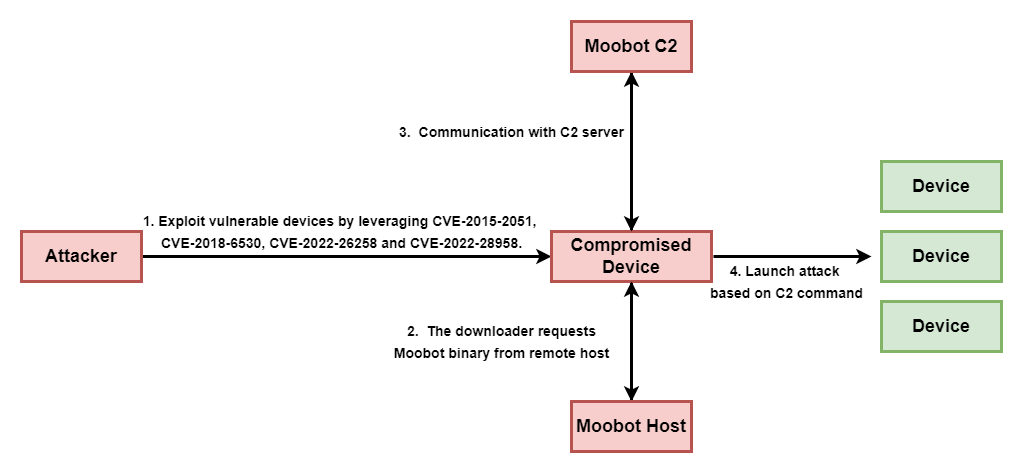CIOs weigh the new economics and risks of cloud lock-in
In its most recent report released this fall, Gartner ranked cloud concentration fourth among the top five risks identified by hundreds of C-suite executives.

In its most recent report released this fall, Gartner ranked cloud concentration fourth among the top five risks identified by hundreds of C-suite executives. Third-party viability, evolving sociopolitical expectations, and mass generative AI availability are cited as the top three emerging risks in Gartner’s survey.
Strategies for CIOs
Dave McCarthy, a cloud analyst at IDC, sees industry consolidation on the major hyperscalers introducing risks but emphasizes a simultaneous rise in market choice.
“It is true that hyperscale cloud providers have hit such a critical mass that they create their own gravitational pull,” he says. “Once you adopt their cloud platforms, it can be difficult and expensive to migrate out. [But] CIOs today have more choice in cloud providers than ever. It is no longer a decision between AWS and Azure. Google has been successfully executing a strategy to attract more enterprise customers. Even Oracle has made the transition from focusing on in-house technology to become a full-service cloud provider.”
CIOs may consider other approaches, McCarthy adds, such as selecting a single-tenant cloud solution offered by HPE or Dell, which bundle hardware and software in an as-a-service business model that gives CIOs more cloud options.
“Another alternative includes colocation companies like Equinix, which has been offering bare-metal IaaS for several years and has now created a partnership with VMware to extend those services higher up the stack,” he says, adding that CIOs should not view a cloud provider “as a location but rather as an operating model that can be deployed in service provider data centers, on-premise, or at the edge.”
One top IT chief believes the risks are well-established and that CIOs should know how to counter with a variety of strategies to guard against failure.
“Don’t companies have the same issue for data centers on-premise? Lock-in has always been there for a long time,” says Eric Norman, head of infrastructure architecture and innovation at IHG Hotels and Resorts, in Alpharetta, Ga.
“Companies have a shared responsibility, and though the cloud/SaaS providers provide building blocks, companies must architect their solutions for high availability/business continuity in mind,” Norman says. “Having a hybrid strategy helps mitigate the risk to a company’s product portfolio.”
Another CIO of a large enterprise, who declined to be named, says IT chiefs should “find the balance between cloud diversification and getting maximum discounts and rebates when it comes to concentrating your spend.”
“Building or buying cloud-agnostic solutions is key,” this CIO says.
As for the AI question, this CIO’s approach mirrors that of many CIOs today.
“We are focusing first on leveraging AI and generative AI capabilities within existing SaaS tools and only then explore proprietary or open-source AI accelerators or models,” the CIO says. “We have found that who you do business with is largely use-case driven.”
And for CIOs looking to align use cases with the best AI tool for the job, that may mean engineering greater flexibility in their cloud strategies to ensure they can capitalize on the optimal offering as it arrives.









